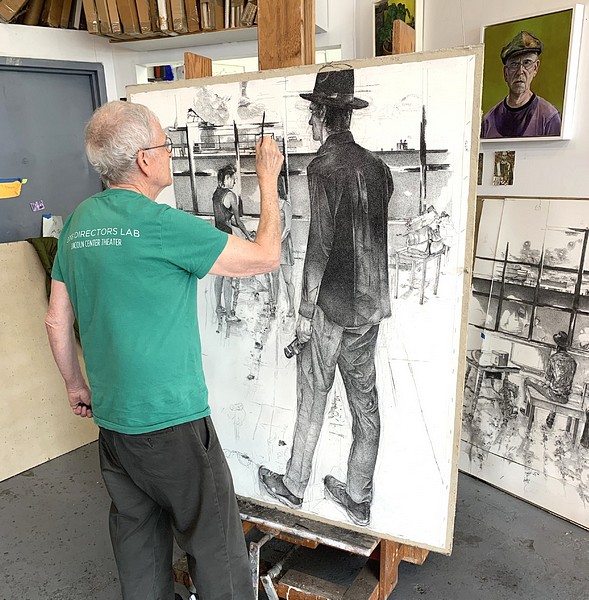ART, WHATEVER IT TAKES
Since the early pandemic in 2020, Rome Art Program has conducted a series of interviews, “Art, Whatever It Takes.”
Artists, Art Critics, and Art Historians living in Italy, the U.S., and U.K., share their insights during these powerful times.

Interview with Joseph Santore
Joseph Santore is a New York artist, teaching at Bard College, NY
and at the NYSS NewYork Studio School, NY.
